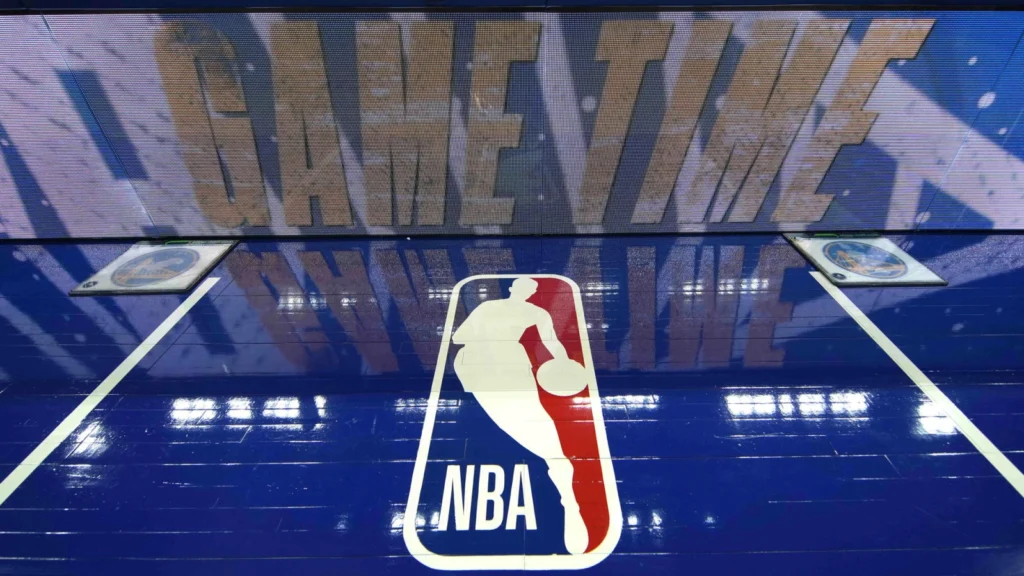
The NBA’s journey through the 2023-24 season promises to be unlike any other, chiefly propelled by the introduction of the In-Season Tournament. This new feature is not just an innovative competition but also a catalyst for significant shifts in traditional scheduling, gameplay dynamics, and strategic planning.
As basketball aficionados and teams gear up for this exhilarating change, it becomes imperative to grasp the nuances this tournament brings to the table. The intricacies of scheduling, the potential reshuffling of team strategies, and the profound impact on player performance are all vital areas under the spotlight. Dive in to explore what the In-Season Tournament means for the NBA landscape.
A Glimpse at History
The pandemic in the 2020-21 season threw a wrench into the NBA’s regular scheduling, leading to uncertainties about game postponements. Fast forward to this year, the element of unpredictability persists, but the reason is different: the In-Season Tournament.
A Look at the Numbers: Breaking Down the Schedule
The 80-Games Mystery
- The Basics: Each team plays 80 scheduled games with two yet to be set, depending on the outcomes of the In-Season Tournament group-play games.
- The Quirk: There’s a chance that a team might play a fifth game against an opponent they’re already scheduled to face four times — something not seen in two decades.
Historical Snapshot: The 82-Game Breakdown Since 2004-05:
- 4 games against the four teams in the same division.
- 4 games against six other teams in the same conference.
- 3 games against the remaining four teams in the same conference.
- 2 games against the 15 teams in the opposite conference.
With the In-Season Tournament, the two “missing” games are essentially borrowed from the second point above.
Potential Outcomes
While the NBA has little control over which teams advance to the IST quarterfinals, they’ll strive to avoid matchups where teams face each other for a fifth time. The challenges in scheduling the 22 remaining games for non-advancing teams involve:
- Limited timing: games are set for just two days (Dec. 6 and 8).
- The introduction of two more inter-conference games.
- A rare occurrence: some teams will face an opponent from the opposite conference three times, a sight unseen since the 1978-79 season.
Back-to-Backs on the Rise
Week 7 Conundrum: All In-Season Tournament games (quarterfinals, semifinals, and fill-ins) will happen in Week 7 (Dec. 4-10), which has no games currently set. It ensures no back-to-backs in this week. However, with the eight-day game-free window, the rest of the schedule tightens, causing more back-to-back games than the previous season.
| Season | Total B2B Games | Per team | Both Teams B2B | Rest Advantage Games |
| 2014-15 | 580 | 19.3 | 94 | 392 |
| 2023-24 | 419 | 14.0 | 55 | 309 |
Note: A rest-advantage game is one where one team played the previous day, but the opponent did not.
Changes in this season’s back-to-back structure:
- Every team faces 13-15 back-to-backs, the narrowest range in almost three decades.
- Smaller variances in rest-advantage differentials compared to the previous season, leading to a more balanced schedule.

Travel Trends: Decreasing Distances
Even with back-to-backs seeing a rise, there’s a decline in travel. More teams are playing consecutive games in the same city or close-by cities. For instance, 35% of all back-to-backs in the 2023-24 season involve minimal travel, an increase from 26% the prior year.
| Season | Total B2B | Both Home | Single City Road | Total | % B2B |
| 2022-23 | 398 | 82 | 22 | 104 | 26% |
| 2023-24 | 419 | 136 | 11 | 147 | 35% |
Examples include the Phoenix Suns and the Portland Trail Blazers, where a significant chunk of their back-to-backs happen either at home or in a single road city.
Moreover, the number of games where teams stick around in major markets like New York and L.A. for consecutive matchups is still high, even if slightly reduced.
Early Season Dynamics
Historically, a team’s performance in their first 20 games is often indicative of their season’s trajectory. 83% of teams winning at least 11 of their initial 20 games in the past 20 full seasons proceeded to the playoffs.
Five Teams with the Easiest Starts:
- Hornets: 10 home games, 8 road, 2 rest-advantage.
- Pacers: 11 home games, 7 road, 3 rest-advantage.
- Bucks: 10 home games, 10 road, 1 rest-advantage.
- Magic: 10 home games, 1 neutral, 9 road, 3 rest-advantage.
- Jazz: 10 home games, 10 road, 1 rest-advantage.
“Teams with a strong start are setting the tone for the rest of the season. Momentum is everything.” – LeBron James
The Final Word
“The introduction of the In-Season Tournament makes for an exciting and unpredictable NBA season. Embrace the change, because this is just the beginning.” – Adam Silver, NBA Commissioner
In summary, the NBA’s decision to incorporate the In-Season Tournament has redefined the traditional schedule, making for an engaging and dynamic season. Time will tell if these changes have a long-term stay or if they’re merely a passing experiment.































